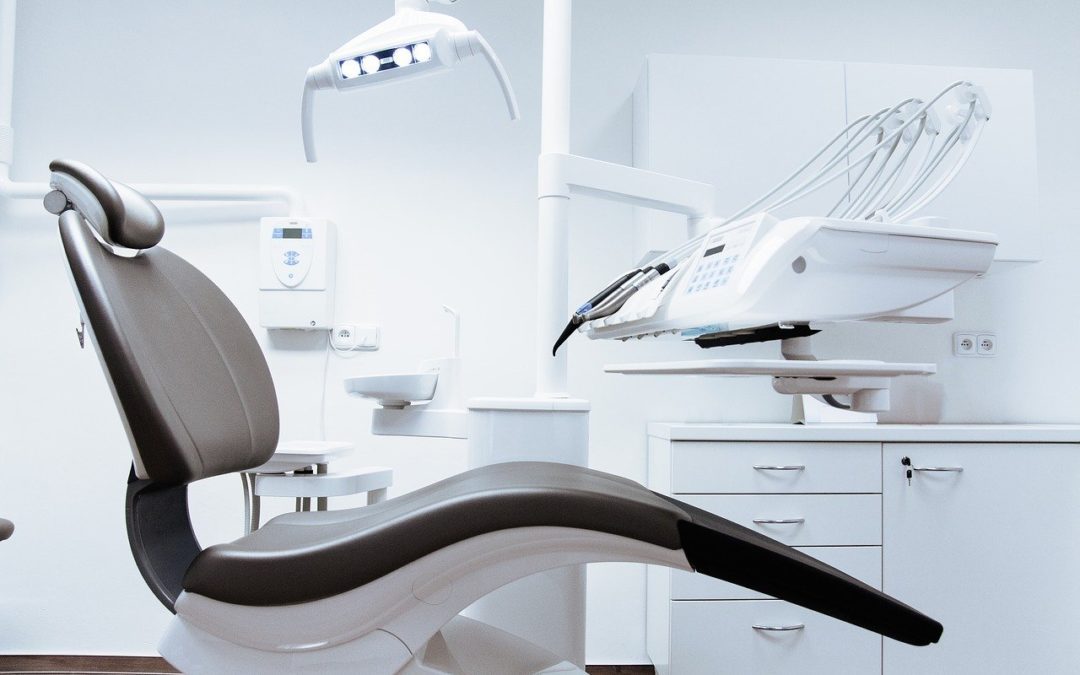Abscess – This is another word for a pimple or blister that forms around a tooth that is infected and may need a root canal. The appearance of an abscess is a sign that the root of your tooth is infected or decaying and as such, may require a root canal.
Anesthesia – Dentists use this medication to numb a small area of your mouth to allow the root canal procedure to be completely painless.
Apical micro-surgery – This is the last line of defense in healing an infected and/or decaying root of a tooth. The procedure is similar to root canals and retreatments in that it cleans the root of the tooth, however with this treatment, part of the root and all surrounding infected tissues are also removed.
Apical Surgery – See apical micro-surgery
Apicoectomy – See apical micro-surgery
Cavity – A cavity forms when the enamel (the outer most layer of the tooth) erodes to the point of a small hole forming, which then allows decay to occur in the next layer of the tooth, the dentin. When the decay reaches the dentin, a cavity is formed to the point where it requires cleaning and filling by a dental professional.
Crown – During the root canal process a portion of your tooth is removed. The result is the tooth is not as strong as it was prior to the procedure. To help strengthen the tooth a filling, or crown, is placed to ensure no additional damage occurs.
Dentin – This is the second layer of the tooth underneath the enamel. When decay reaches the dentin a cavity is formed and must be filled by a dentist or dental professional.
Enamel – This is the outer most layer of the tooth. It does not completely form in children until the age of seven. This is the reason kids are at higher risks for cavities.
Endodontics – The science and practice specifically related to the roots and root canals of teeth.
Endodontic Therapy – See root canal. Dr. Harris is trying to get away from the term “root canal” and the stigma attached to it.
Endodontist – An endodontist is a dentist with additional years of education that provided them the ability to focus exclusively on root canals and root canal treatments.
Extraction – When a tooth is infected and/or requiring a root canal an alternative treatment is to remove, or extract, the entire tooth. This is a procedure that was commonly used when dental technology was not as advanced as it is today.
Typically, patients who opt to have their tooth extracted, and then choose to have the resulting hole filled in with a replacement tooth. The costs for an extraction with a tooth replacement and a root canal are very similar.
Pulp – This is the blood supply and nervous tissue found inside the root of the tooth.
Retreatment – Sometimes a traditional root canal treatment does not remove all the decay or infection; and sometimes an additional infection occurs after the root canal procedure. If this happens or if a patient has a particularly complex root anatomy that did not allow the original root canal treatment to be effective, a retreatment can be required. A retreatment will remove the crown or filling placed during the original root canal, re-clean and re-seal the tooth.
Root Canal Retreatment – See retreatment
Root – Tooth structure found below the bone that holds the tooth in place
Root Canal – This term has two definitions. The first definition of this term is related to the anatomy inside the tooth where the pulp tissue exists. The second definition is related to the practice of properly removing decay or infection in the root canal area to avoid further dental and/or health issues, more recently referred to as endodontic therapy.
Root Canal Surgery – See apical micro-surgery
East Coast Endodontics and Dr. Jesse Harris offer Richmond, Virginia the highest quality root canals and root canal therapies. If you have questions about root canal treatment, or if you would like to schedule an appointment, please contact us at: 804.559.3636.

About the Author
Dr. Harris has been a practicing dentist since 2005. In 2012, he received his Master’s of Science in Dentistry and a certificate in Endodontics. He founded East Coast Endodontics shortly after receiving his master’s degree. He also currently holds a part-time position as a Clinical Assistant Professor for the Endodontics department at Virginia Commonwealth University. View his full bio.

